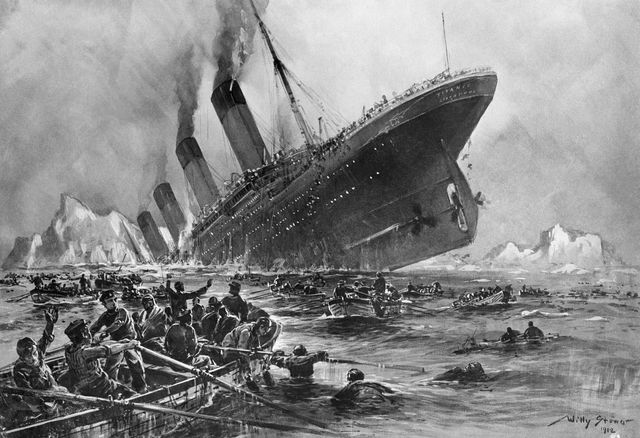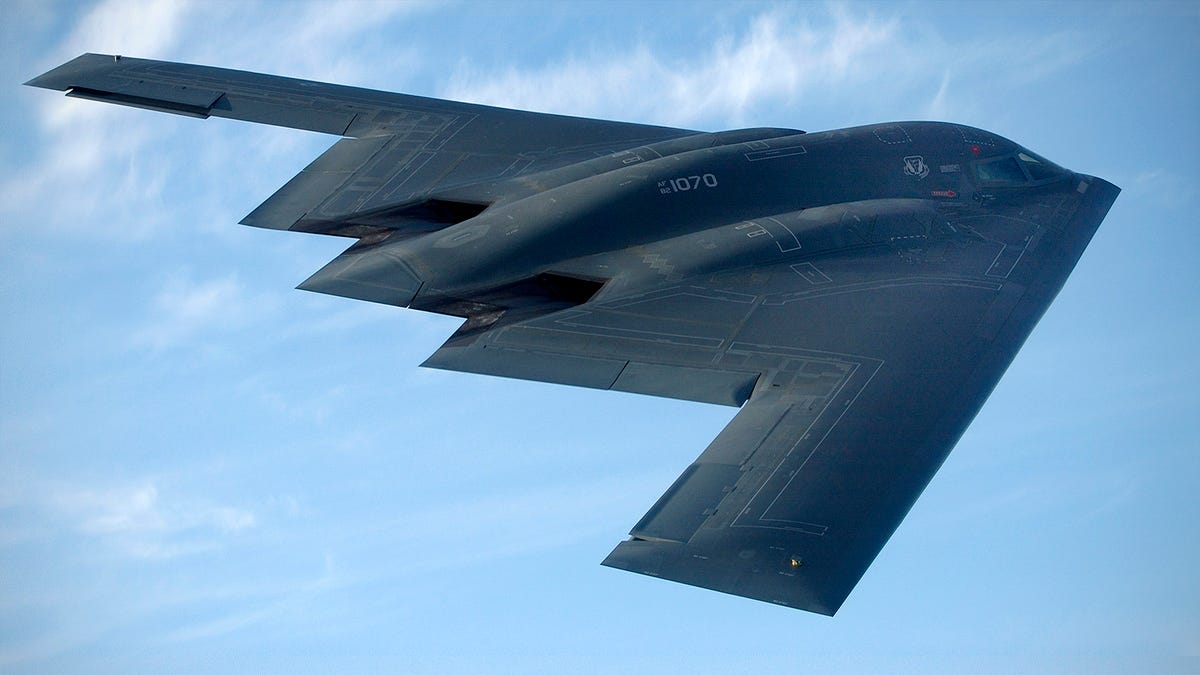The discovery of the presumably unsinkable Titanic, which hit an iceberg and sunk to the depths of the Atlantic Ocean in 1912, wasn’t just part of a scientific search effort for the lost ship. It was a secret U.S. military operation to reclaim wayward nuclear submarines that located the ship, according to a 2018 report .
Upon discovering the fallen passenger ship’s location in 1985, Robert Ballard was hailed as a hero for finding the wreckage largely on his own accord. But according to recently declassified events recounted at the National Geographic Museum in Washington, D.C., that isn’t entirely true: Ballard’s discovery was really part of a U.S. government scheme to outwit the Soviets in the midst of the Cold War.
An oceanographer and Navy officer, Ballard was building an underwater research vessel to realize his lifelong dream of finding the Titanic. Unable to source adequate funding for the project, he approached the Navy for help. Deputy Chief of Naval Operations Ronald Thunman was receptive, but wanted to bargain: The Navy would allow Ballard to hunt for the Titanic if he promised to find the Thresher and the Scorpion, two U.S. nuclear submarines that were sitting on Atlantic ocean floor.
“They did not want the world to know that, so I had to have a cover story,” Ballard told CNN.
The Thresher and the Scorpion, both sunken in the 1960s, were idle troves of nuclear military technology. The Navy was intent on investigating the wreckage without tipping its hand to the Soviet Union that they were there in the first place.
Finding and examining the Scorpion was especially important, Ballard told CNN:
“What they wanted me to do was go back and not have the Russians follow me, because we were interested in the nuclear weapons that were on the Scorpion and also what the nuclear reactors (were) doing to the environment.”
The mission was billed purely as a hunt for the Titanic, and media was kept entirely in the dark. The cover didn’t provide much relief on the ocean floor, though: After locating and examining both submarines, Ballard’s team only had 12 days to find the Titanic and record their findings.
The time squeeze didn’t hamper their quest in the end, and the New York Times hailed their accomplishments in a report that featured quotes from a few Navy officials denying the mission’s true intent.
But the mood wasn’t too jubilant underwater: Ballard says the implications of the tragedy quickly set in after making the discovery.
Ballard told CBS:
“We realized we were dancing on someone’s grave, and we were embarrassed. The mood, it was like someone took a wall switch and went click. And we became sober, calm, respectful, and we made a promise to never take anything from that ship, and to treat it with great respect.”
The Titanic was discovered 12,500 feet beneath the Atlantic’s surface—the final resting place for the 1,500 passengers who lost their lives in the tragedy.
Source: CNN and CBS via Gizmodo
Sam Blum is a PopularMechanics.com Associate Editor who spends way too much time online. His work has appeared in Rolling Stone and The Guardian.













